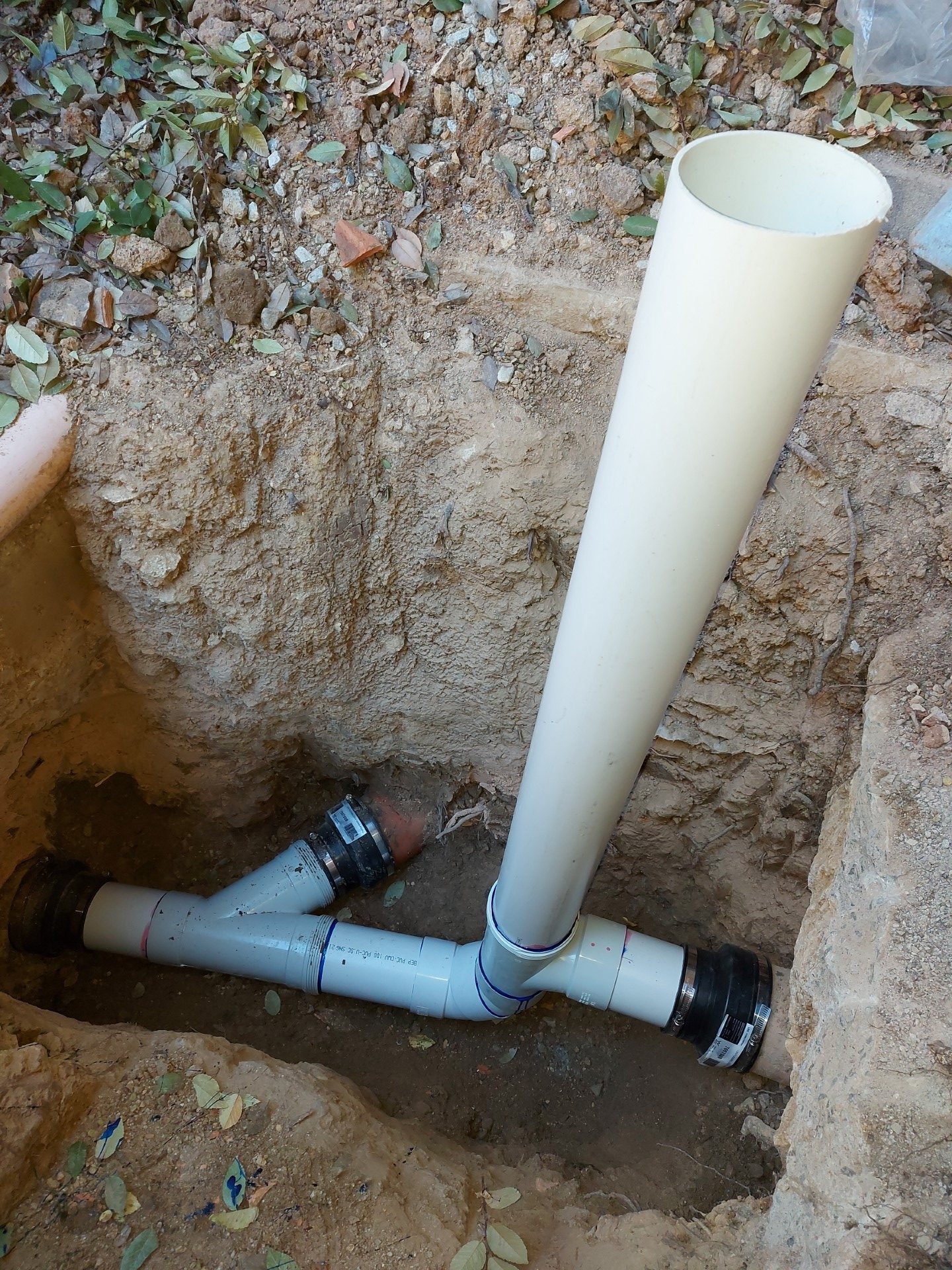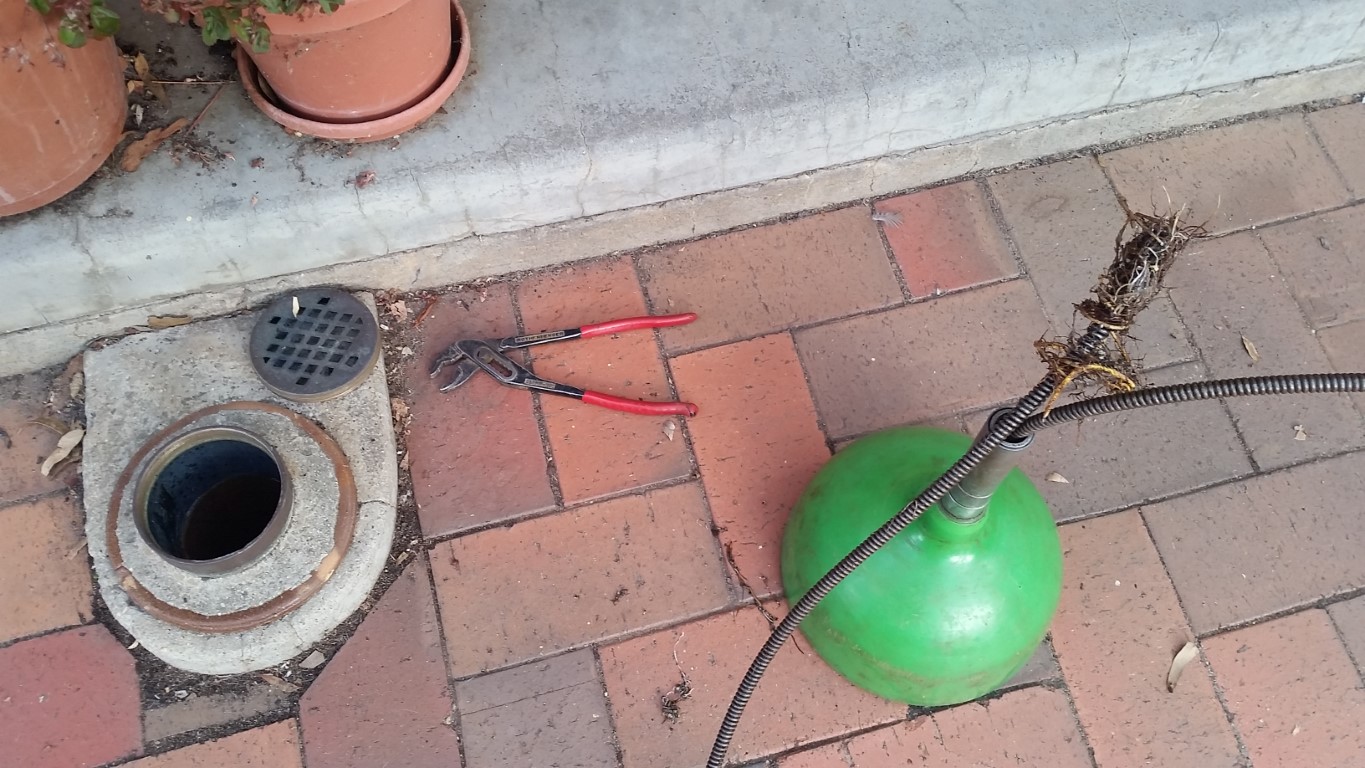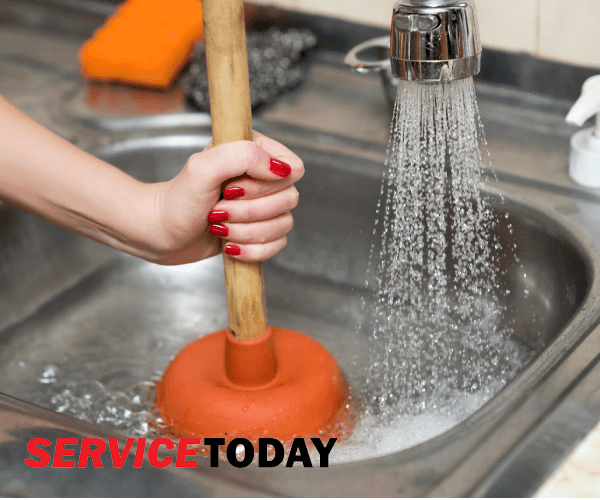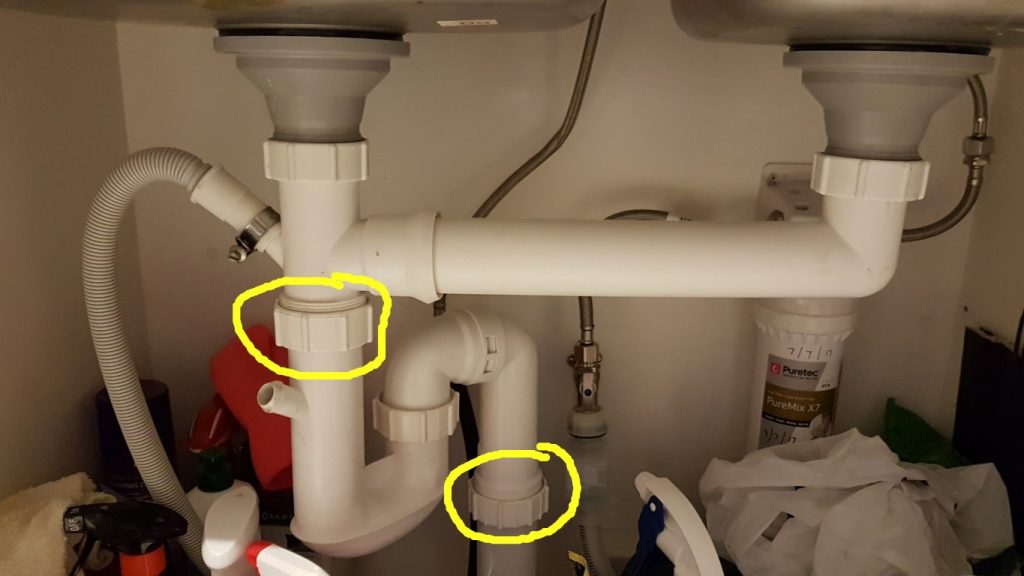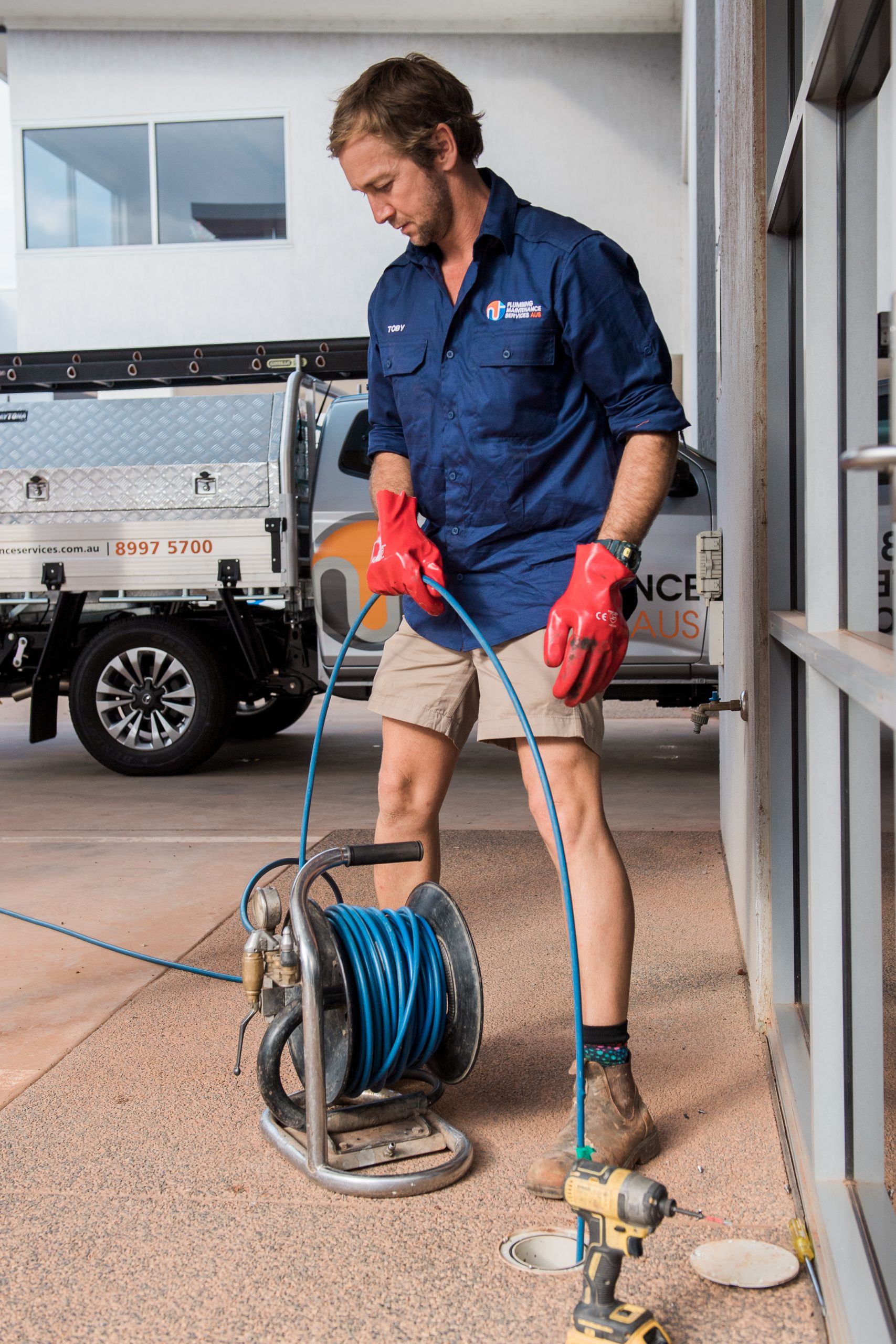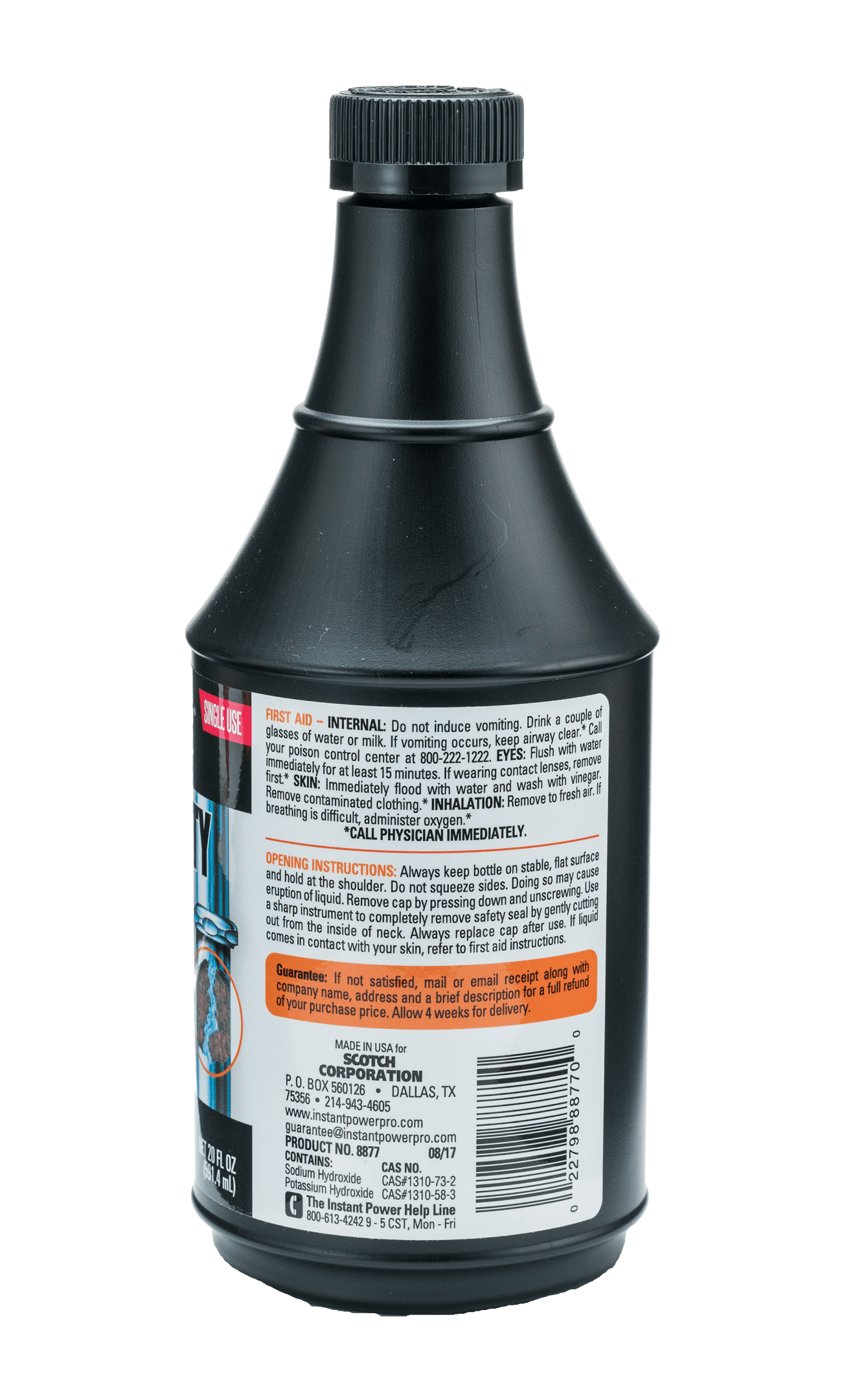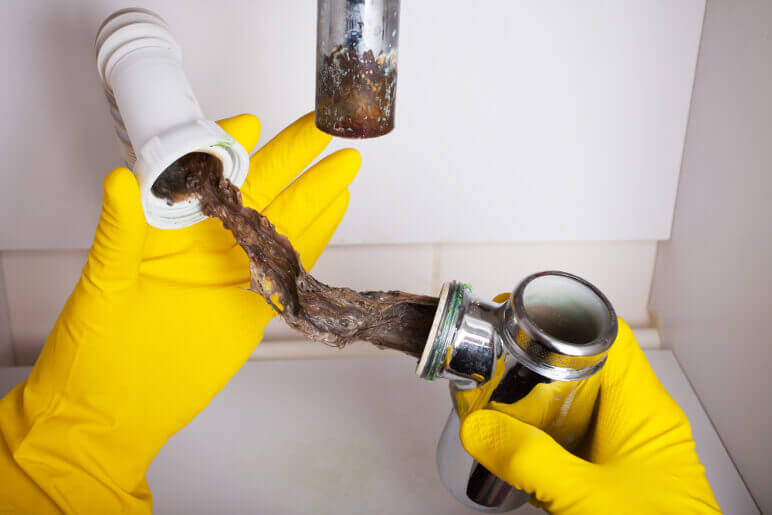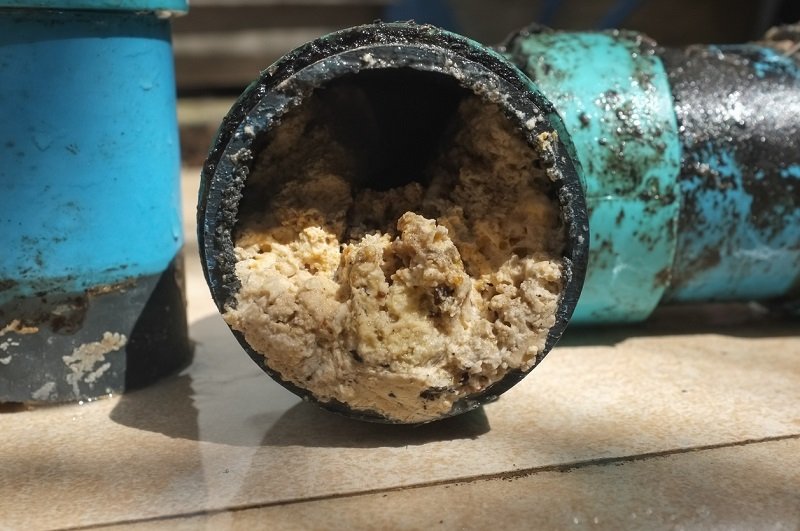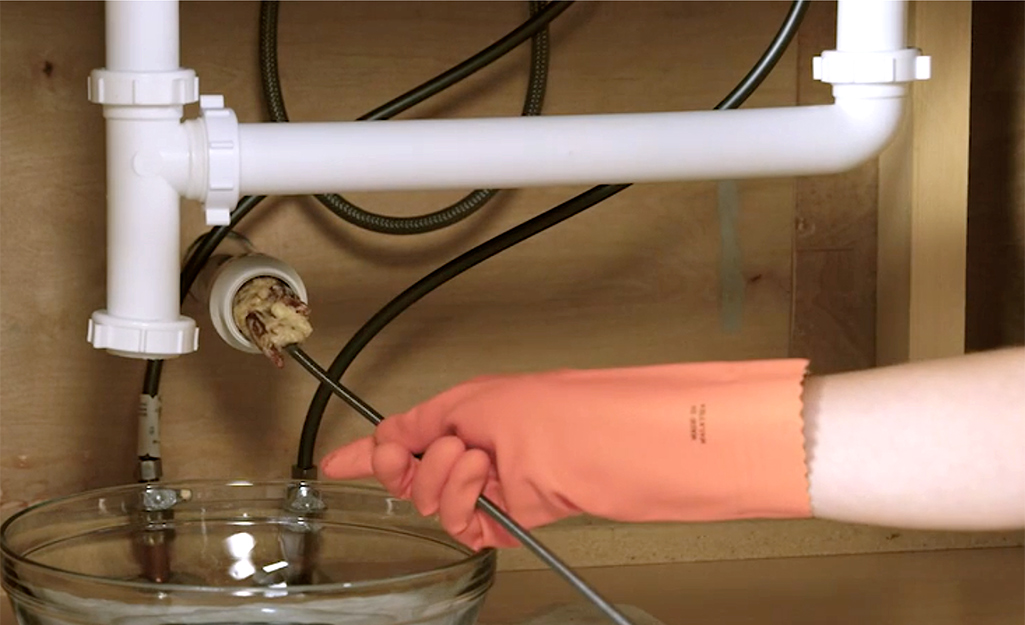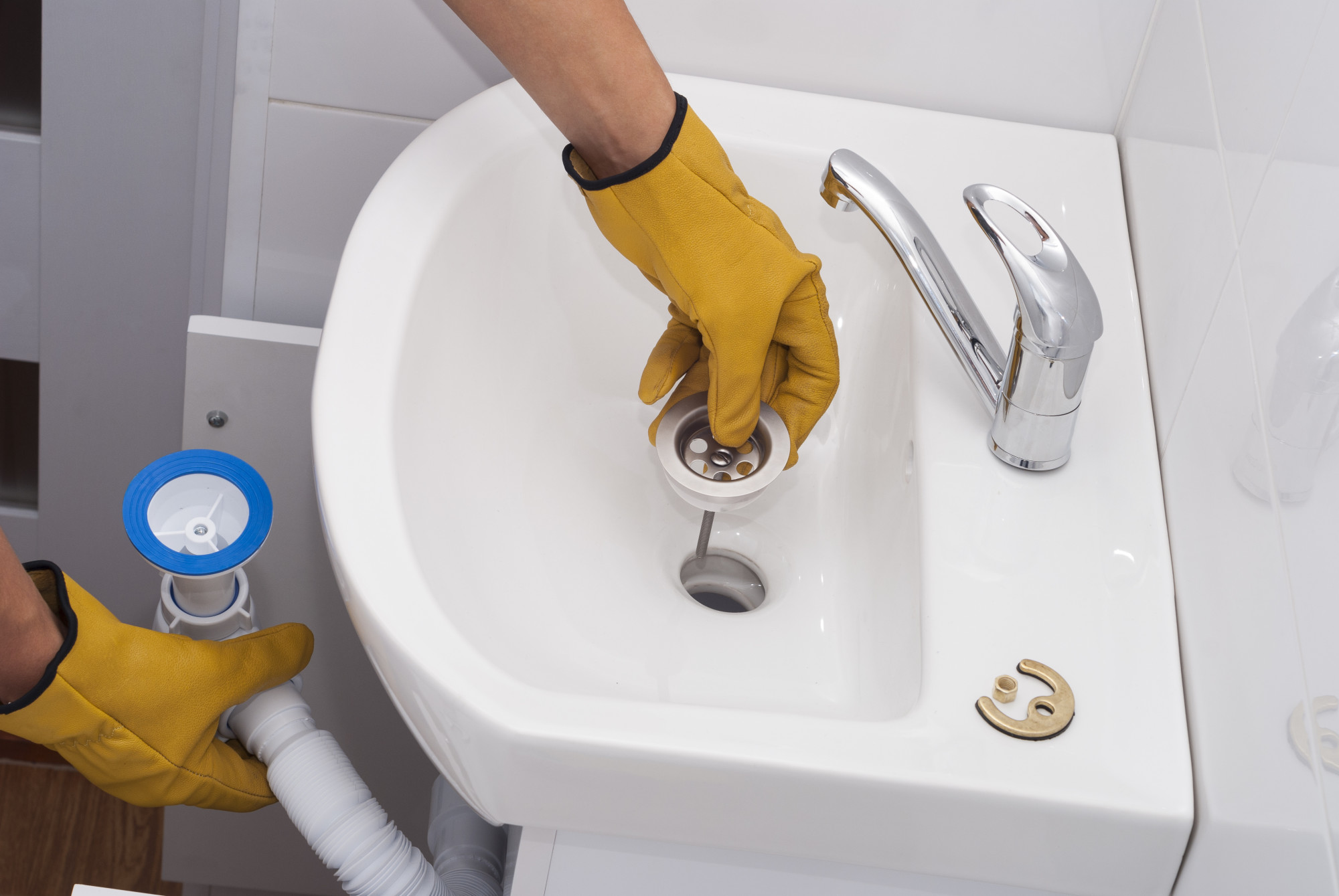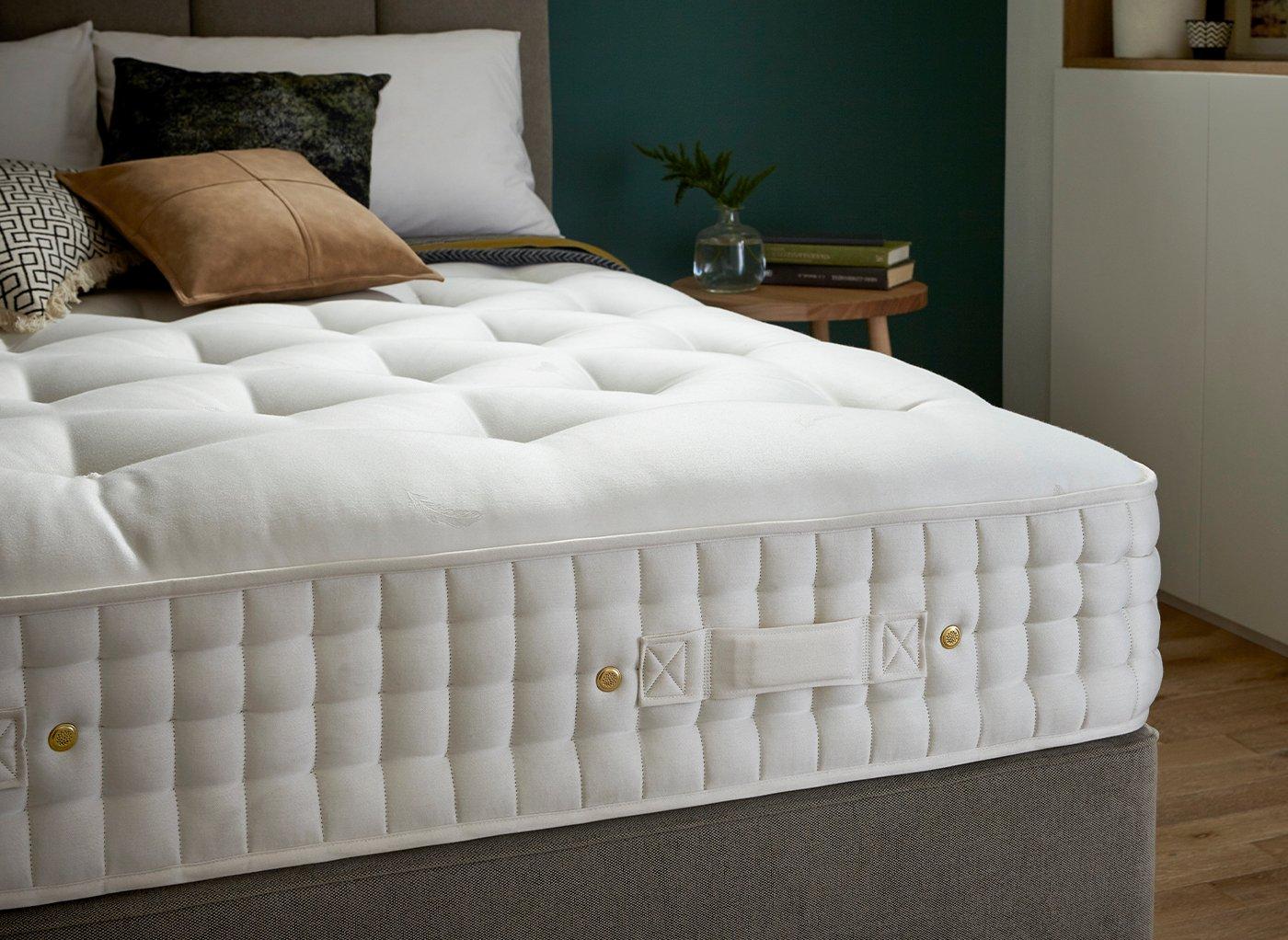How to Unclog a Kitchen Sink
Dealing with a blocked kitchen sink can be a major inconvenience, especially when it comes to daily tasks such as washing dishes and cooking. But don't worry, there are several simple and effective ways to unclog your kitchen sink and get things flowing smoothly again.
Kitchen sink blockages are often caused by a buildup of food particles, grease, and soap residue. If you notice that your sink is draining slowly or not at all, it's important to address the issue as soon as possible to prevent further damage and potential sewer line backups.
Here are some DIY solutions for unclogging a kitchen sink:
How to Plunge a Blocked Kitchen Sink
One of the most tried and true methods for unclogging a kitchen sink is using a plunger. To plunge a blocked kitchen sink, make sure there is enough water in the sink to cover the rubber part of the plunger. Place the plunger over the drain and push down and up in a rapid motion. This will create suction and hopefully dislodge the blockage.
If the plunger method doesn't work, try adding some hot water and dish soap to the sink and plunge again. The heat from the water and the soap's lubricating properties can help break down the blockage and make it easier to plunge through.
How to Clear a Clogged Sewer Line
If plunging doesn't do the trick, the blockage may be deeper in your sewer line. In this case, you will need to use a plumbing snake, also known as a drain auger, to clear the clog. A plumbing snake is a long and flexible metal cable with a corkscrew tip that can be inserted into the drain to break up and remove the blockage.
To use a plumbing snake, feed it into the drain and turn the handle clockwise to push it further into the pipes. Once you feel resistance, rotate the handle in a back and forth motion to break up the clog. Continue feeding and rotating the snake until the blockage is cleared.
DIY Kitchen Sink and Sewer Line Blockage Solutions
If plunging and using a plumbing snake don't work, there are some other DIY solutions you can try to unclog your kitchen sink and sewer line. One method is to pour a cup of baking soda down the drain, followed by a cup of vinegar. The mixture will create a chemical reaction that can help break up the blockage. Let it sit for a few minutes before flushing with hot water.
You can also try using a mixture of hot water and salt to break down greasy blockages. Pour a half cup of salt down the drain, followed by a pot of boiling water. Let it sit for a few minutes before flushing with hot water.
Common Causes of Kitchen Sink and Sewer Line Blockages
Prevention is key when it comes to keeping your kitchen sink and sewer line clear. Knowing the common causes of blockages can help you take the necessary steps to avoid them. Some of the most common causes include:
How to Prevent Kitchen Sink and Sewer Line Backups
To prevent kitchen sink and sewer line backups, it's important to maintain good habits when using your sink and drains. This includes regularly cleaning your sink and using a strainer to catch food particles and other debris. Additionally, avoid pouring grease and oil down the drain, and be mindful of what you flush down the toilet.
Regular plumbing maintenance can also help prevent blockages by identifying any potential issues before they become major problems. It's recommended to have a professional plumber inspect your pipes at least once a year.
Professional Plunging and Sewer Line Cleaning Services
If your kitchen sink and sewer line are repeatedly experiencing blockages, it may be time to call in the professionals. A licensed plumber can use specialized equipment and techniques to effectively clear out blocked kitchen sinks and clogged sewer lines. They can also provide regular maintenance services to keep your pipes in top shape.
Signs of a Blocked Kitchen Sink and Sewer Line
It's important to be aware of the signs that your kitchen sink and sewer line may be blocked. Some common signs to look out for include:
Using Chemical Drain Cleaners for Kitchen Sink and Sewer Line Blockages
Chemical drain cleaners are a popular quick fix for kitchen sink and sewer line blockages. However, they can often do more harm than good. These cleaners contain harsh chemicals that can corrode your pipes and cause more damage in the long run. They can also be hazardous to your health and the environment.
If you must use a chemical drain cleaner, be sure to follow the instructions carefully and use protective gear. It's always best to avoid these cleaners and opt for more natural and safe solutions.
How to Use a Plumbing Snake to Clear a Clogged Kitchen Sink and Sewer Line
We've already discussed using a plumbing snake to clear a clogged sink, but it can also be used for sewer line blockages. To use a plumbing snake for a clogged sewer line, you will need to access the cleanout, which is a pipe with a cap that provides access to your sewer line.
Remove the cap and insert the plumbing snake into the cleanout. Follow the same steps as you would for a kitchen sink clog, feeding and rotating the snake until the blockage is cleared. Once finished, replace the cap and flush your sewer line with hot water.
In conclusion, a blocked kitchen sink and sewer line backup can be a major headache, but with these tips and solutions, you can easily tackle the issue and keep your pipes clear and flowing properly. Remember to practice good habits to prevent blockages and don't hesitate to call in the professionals if needed.
Preventing Plunged Blocked Kitchen Sinks and Sewer Line Backups
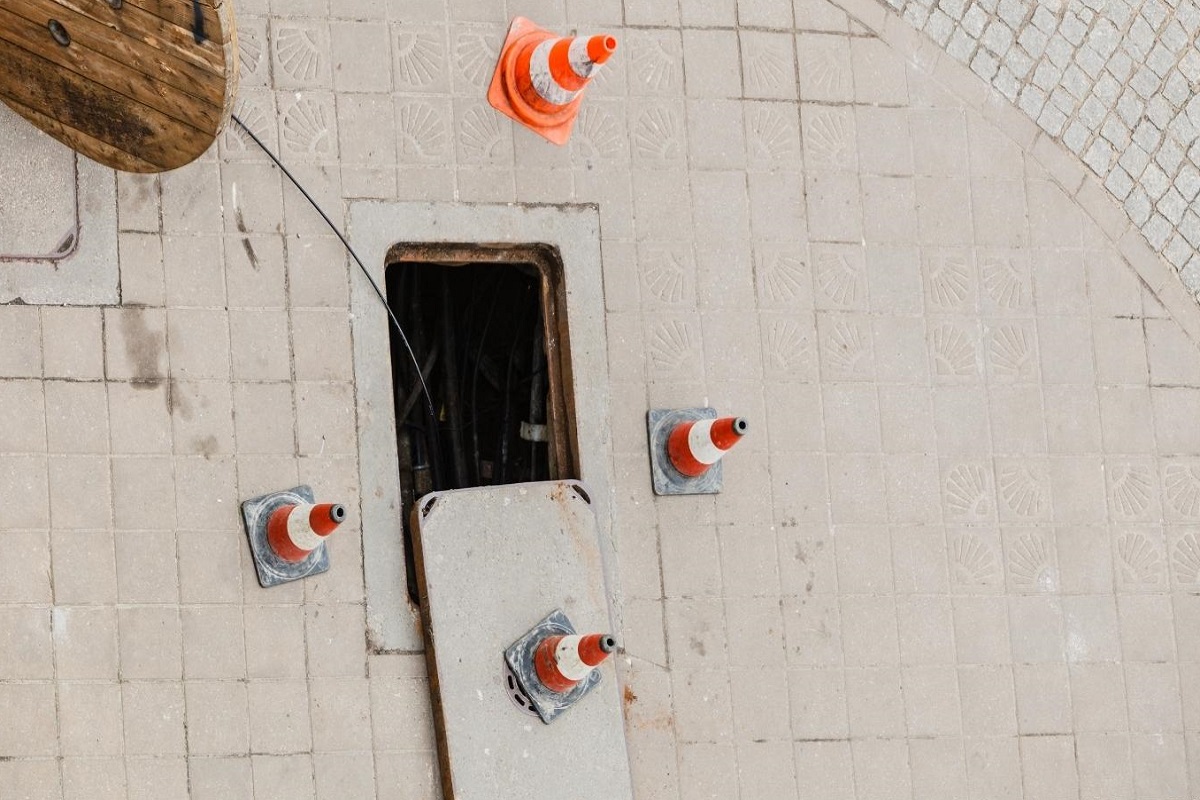
The Importance of Proper Plumbing Maintenance
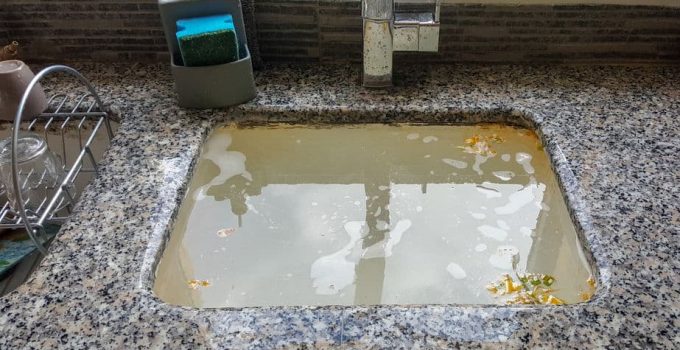 When it comes to designing a house, one of the most overlooked aspects is the plumbing system. Homeowners often focus on aesthetics and functionality, but neglect the crucial component that keeps everything running smoothly – the plumbing.
One of the most common and frustrating issues faced by homeowners is a blocked kitchen sink, which can quickly lead to a backed-up sewer line. This not only creates a mess and unpleasant odors, but it can also cause serious damage to your home's plumbing system.
It's important to address this issue as soon as possible to prevent further damage and costly repairs.
When it comes to designing a house, one of the most overlooked aspects is the plumbing system. Homeowners often focus on aesthetics and functionality, but neglect the crucial component that keeps everything running smoothly – the plumbing.
One of the most common and frustrating issues faced by homeowners is a blocked kitchen sink, which can quickly lead to a backed-up sewer line. This not only creates a mess and unpleasant odors, but it can also cause serious damage to your home's plumbing system.
It's important to address this issue as soon as possible to prevent further damage and costly repairs.
The Culprit: Grease and Food Build-Up
 The main cause of a blocked kitchen sink is the buildup of grease and food particles.
These substances can accumulate and solidify in your pipes, creating a clog that prevents water from draining properly.
Over time, this can lead to a complete blockage and result in a backed-up sewer line.
The main cause of a blocked kitchen sink is the buildup of grease and food particles.
These substances can accumulate and solidify in your pipes, creating a clog that prevents water from draining properly.
Over time, this can lead to a complete blockage and result in a backed-up sewer line.
Prevention is Key
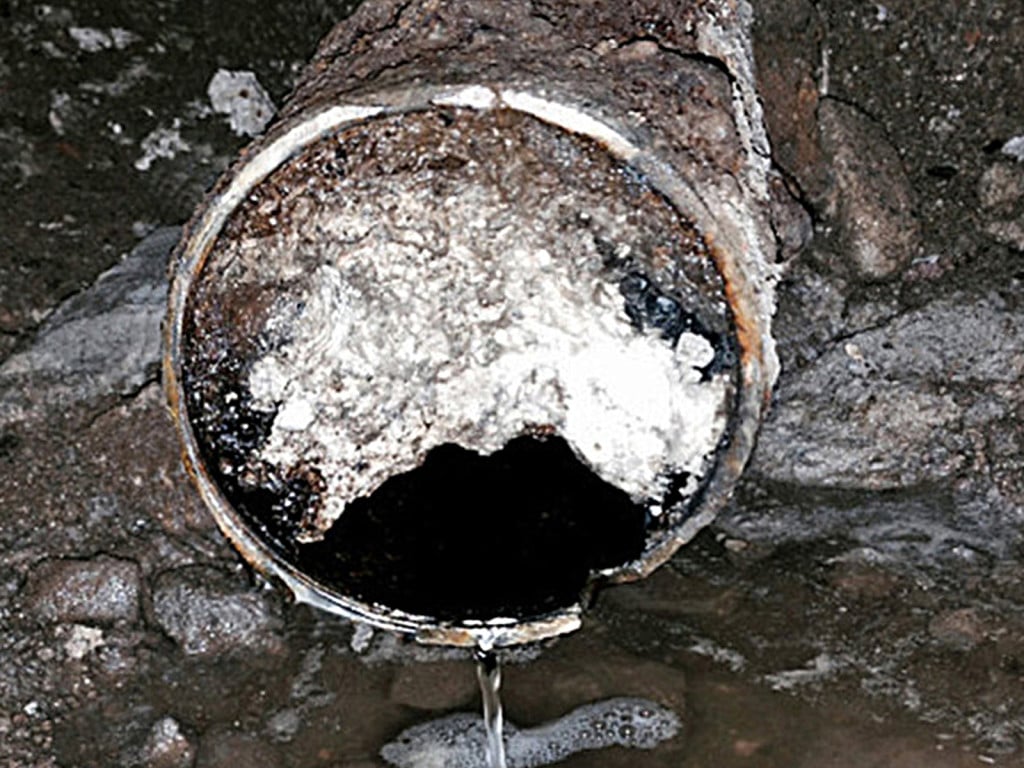 The best way to avoid a blocked kitchen sink and backed-up sewer line is through prevention.
Implementing simple maintenance practices can help keep your plumbing system in top shape and prevent costly issues.
Here are some tips to follow:
-
Dispose of food scraps properly:
Avoid putting large amounts of food scraps down the drain. Instead, scrape them into the trash or compost pile.
-
Use a sink strainer:
Install a sink strainer to catch any food particles that may go down the drain.
-
Don't pour grease down the drain:
Grease solidifies when it cools, so it's best to dispose of it in the trash.
-
Run hot water after use:
After using your sink, run hot water for a few minutes to flush out any potential build-up.
-
Regularly clean your drains:
Use a mixture of hot water, baking soda, and vinegar to flush out any grease and food particles from your drains.
The best way to avoid a blocked kitchen sink and backed-up sewer line is through prevention.
Implementing simple maintenance practices can help keep your plumbing system in top shape and prevent costly issues.
Here are some tips to follow:
-
Dispose of food scraps properly:
Avoid putting large amounts of food scraps down the drain. Instead, scrape them into the trash or compost pile.
-
Use a sink strainer:
Install a sink strainer to catch any food particles that may go down the drain.
-
Don't pour grease down the drain:
Grease solidifies when it cools, so it's best to dispose of it in the trash.
-
Run hot water after use:
After using your sink, run hot water for a few minutes to flush out any potential build-up.
-
Regularly clean your drains:
Use a mixture of hot water, baking soda, and vinegar to flush out any grease and food particles from your drains.
When to Call a Professional
 If you're experiencing a blocked kitchen sink and your attempts to unclog it have failed, it may be time to call a professional plumber.
They have the necessary tools and expertise to effectively clear any stubborn clogs and prevent future issues.
Don't let a blocked kitchen sink and backed-up sewer line ruin your day.
By following these simple prevention tips and knowing when to call a professional, you can keep your plumbing system functioning properly and your house design looking its best.
If you're experiencing a blocked kitchen sink and your attempts to unclog it have failed, it may be time to call a professional plumber.
They have the necessary tools and expertise to effectively clear any stubborn clogs and prevent future issues.
Don't let a blocked kitchen sink and backed-up sewer line ruin your day.
By following these simple prevention tips and knowing when to call a professional, you can keep your plumbing system functioning properly and your house design looking its best.
/plumber-unclogging-kitchen-sink-169270382-5797a9355f9b58461f27f024.jpg)



/how-to-unclog-a-kitchen-sink-2718799_sketch_FINAL-8c5caa805a69493ab22dfb537c72a1b7.png)










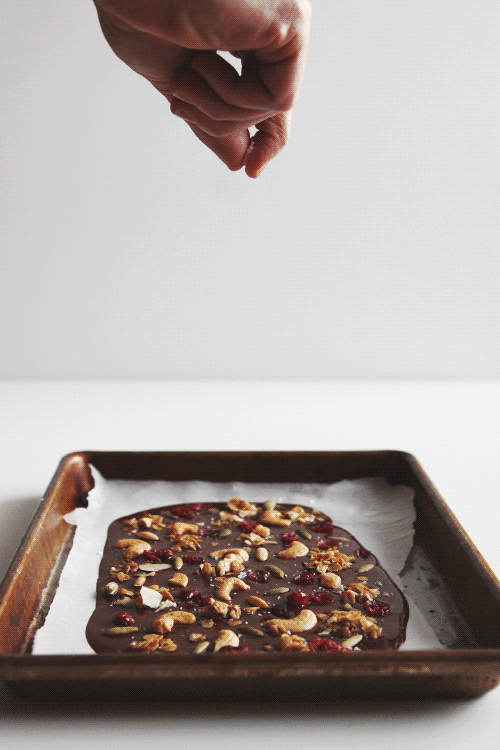



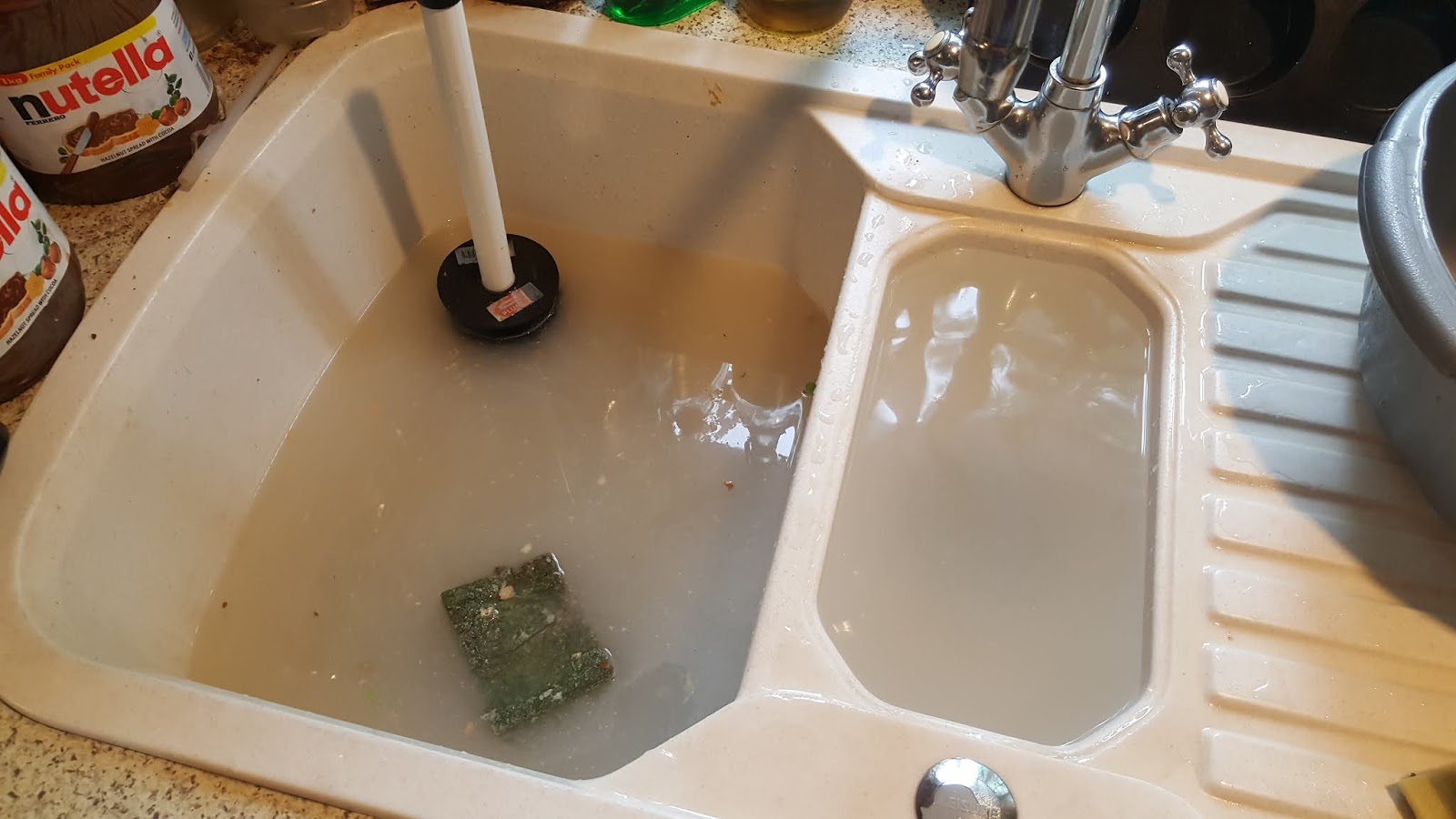


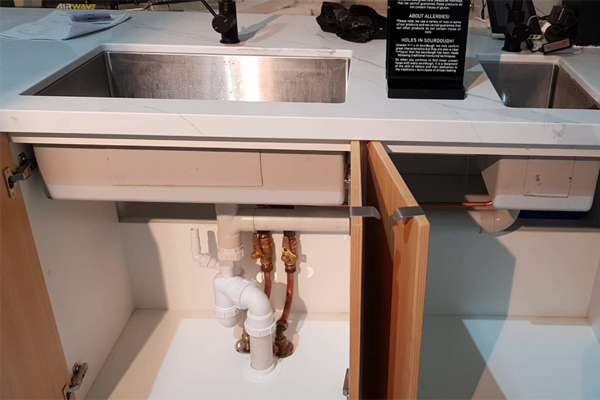






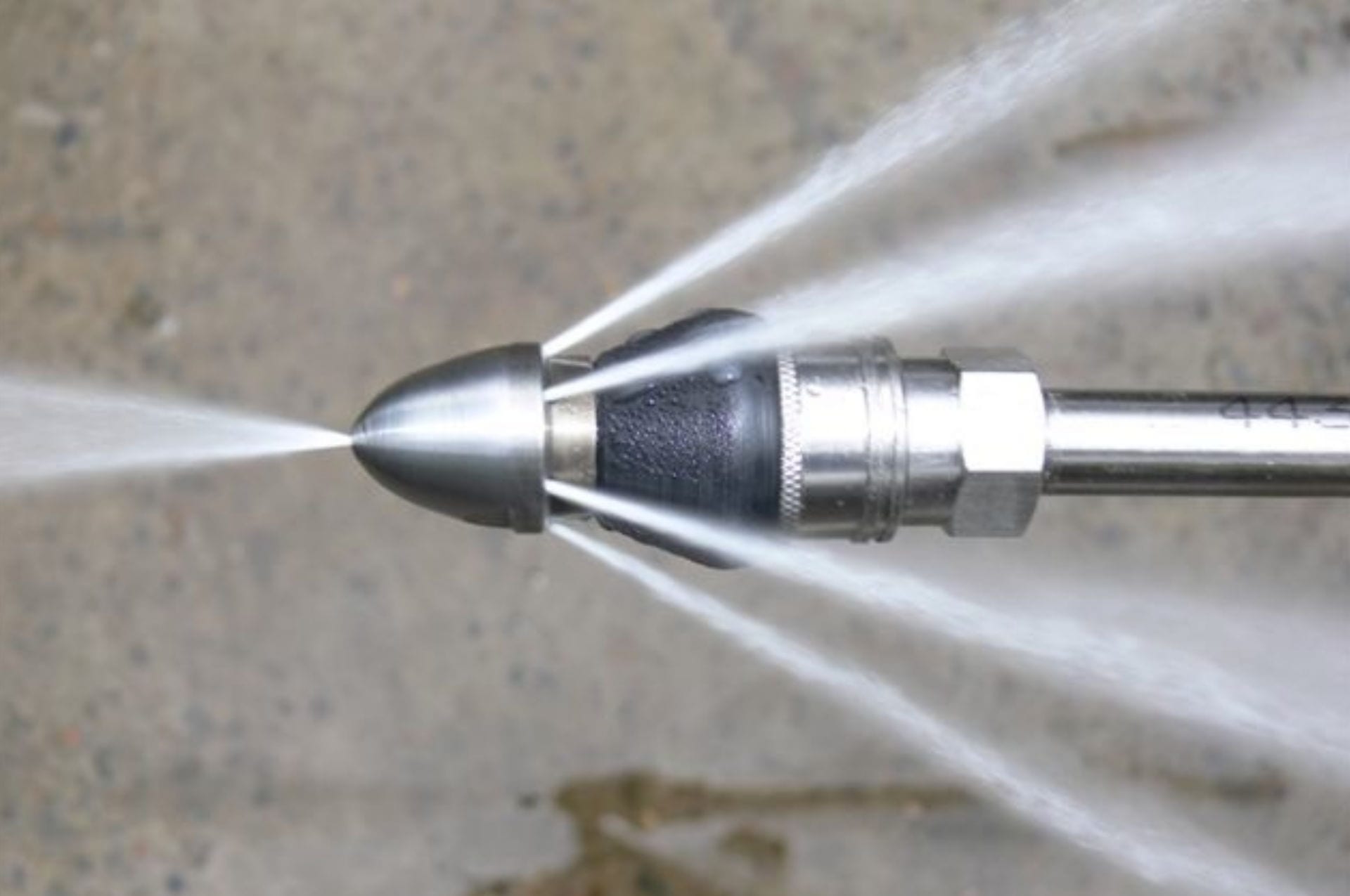
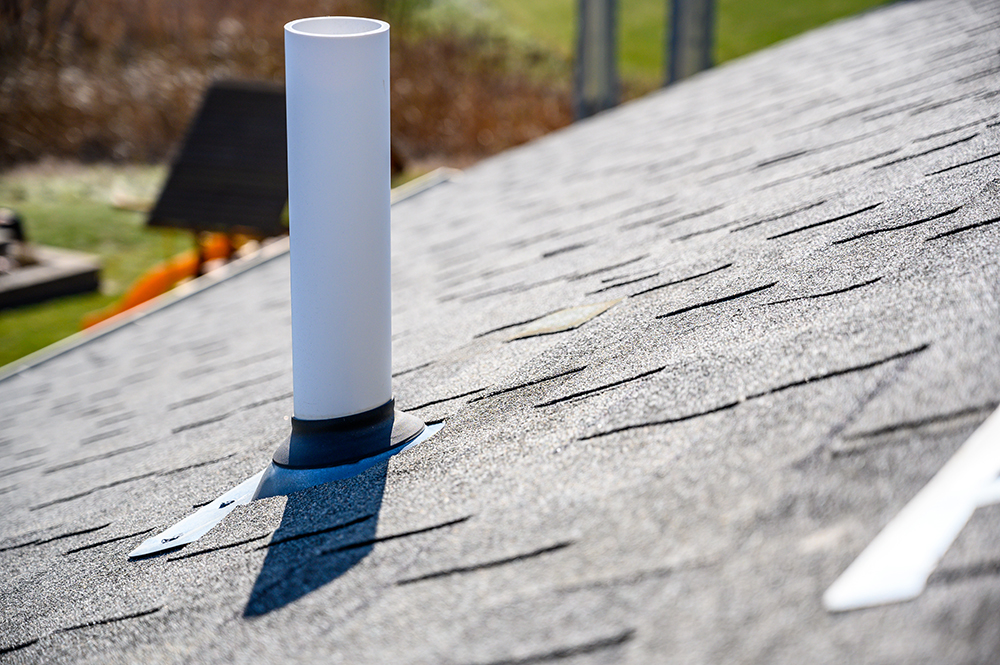
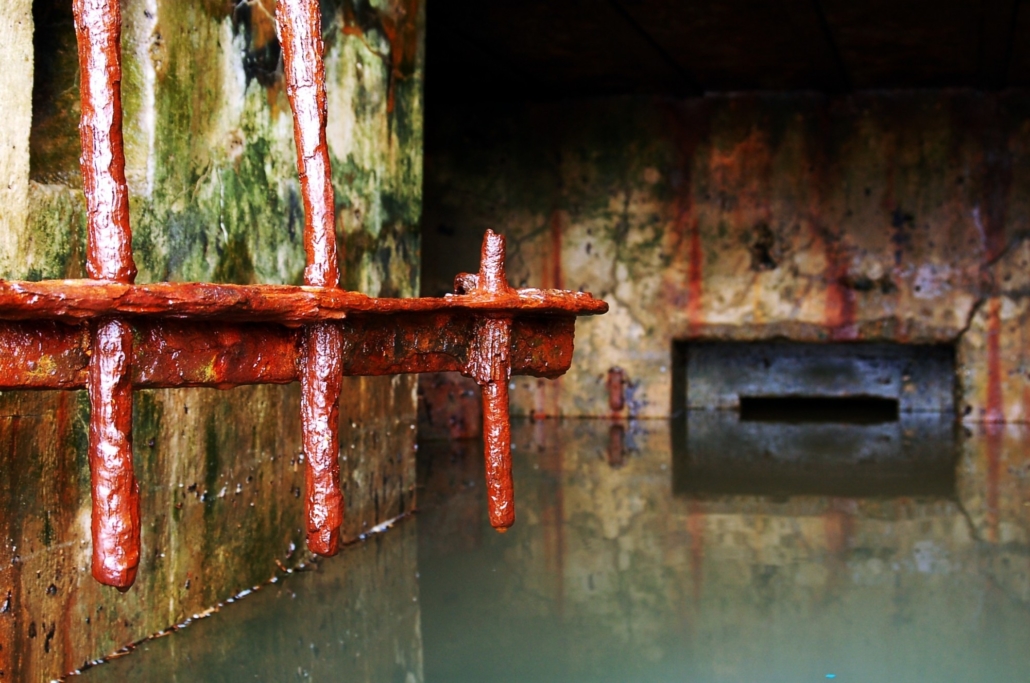
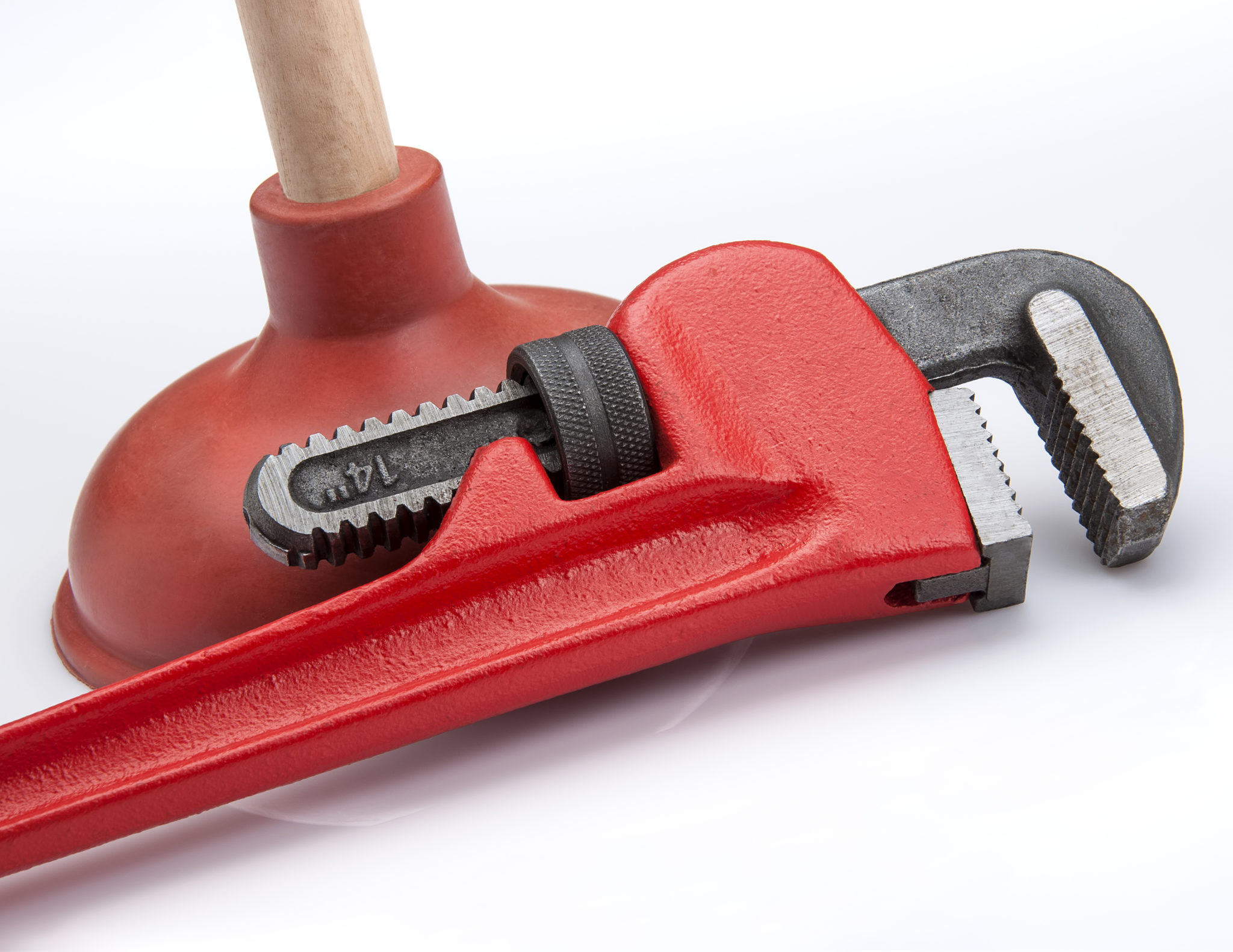
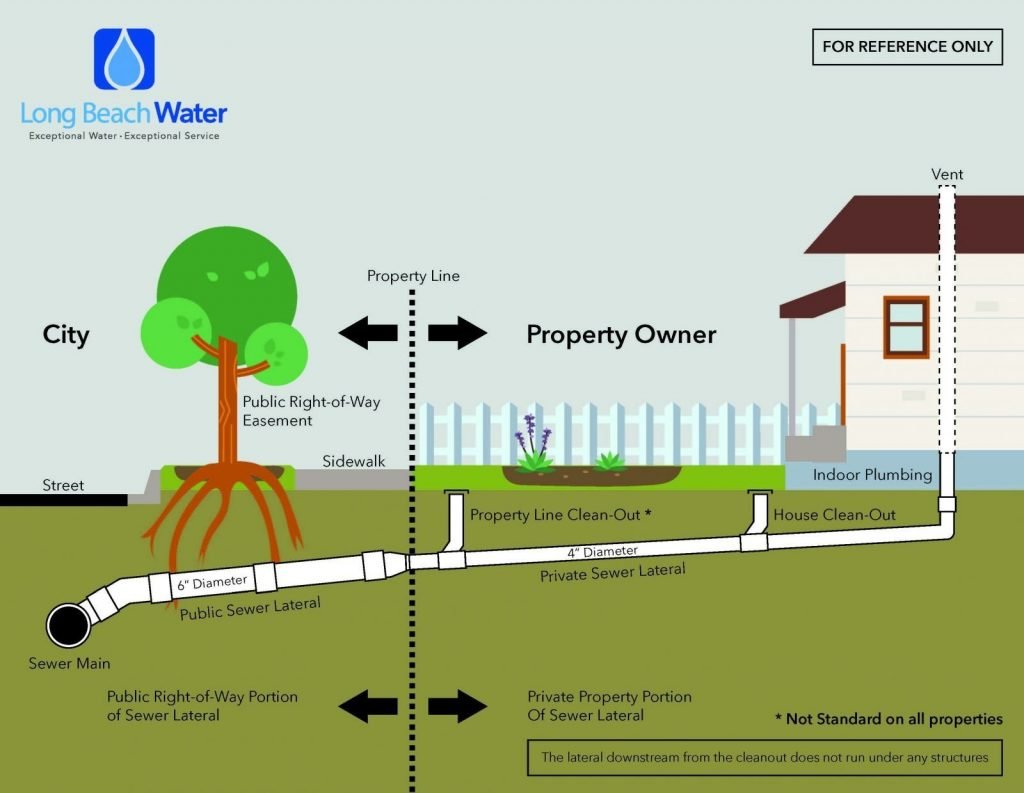








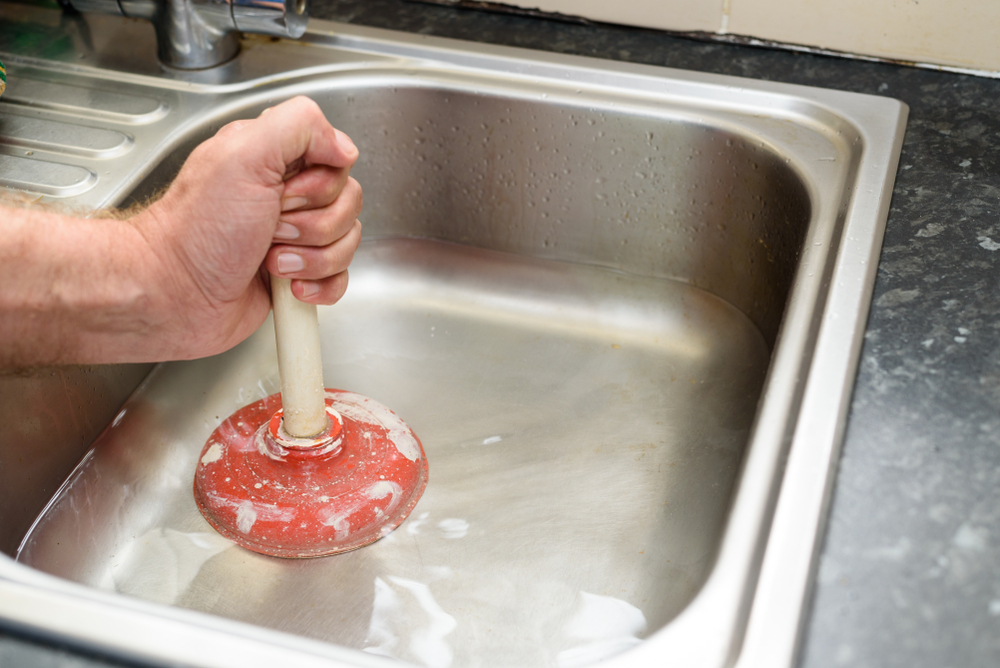




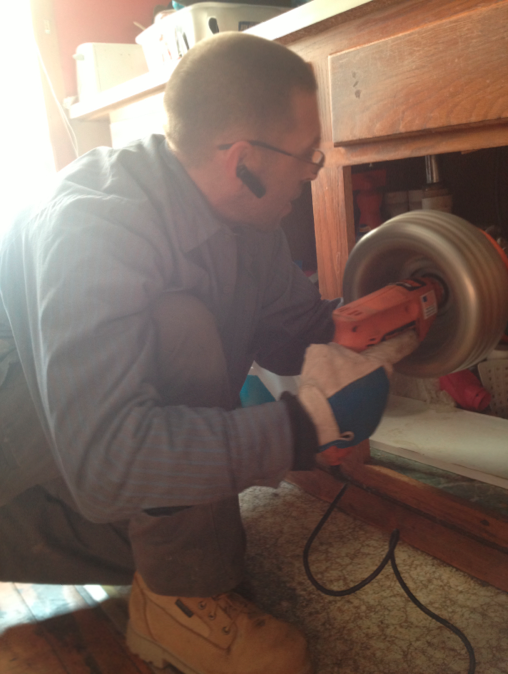





:max_bytes(150000):strip_icc()/signs-of-a-sewer-drain-clog-2718943_FINAL-7306dab348804135897b63a4411cdfdf.png)

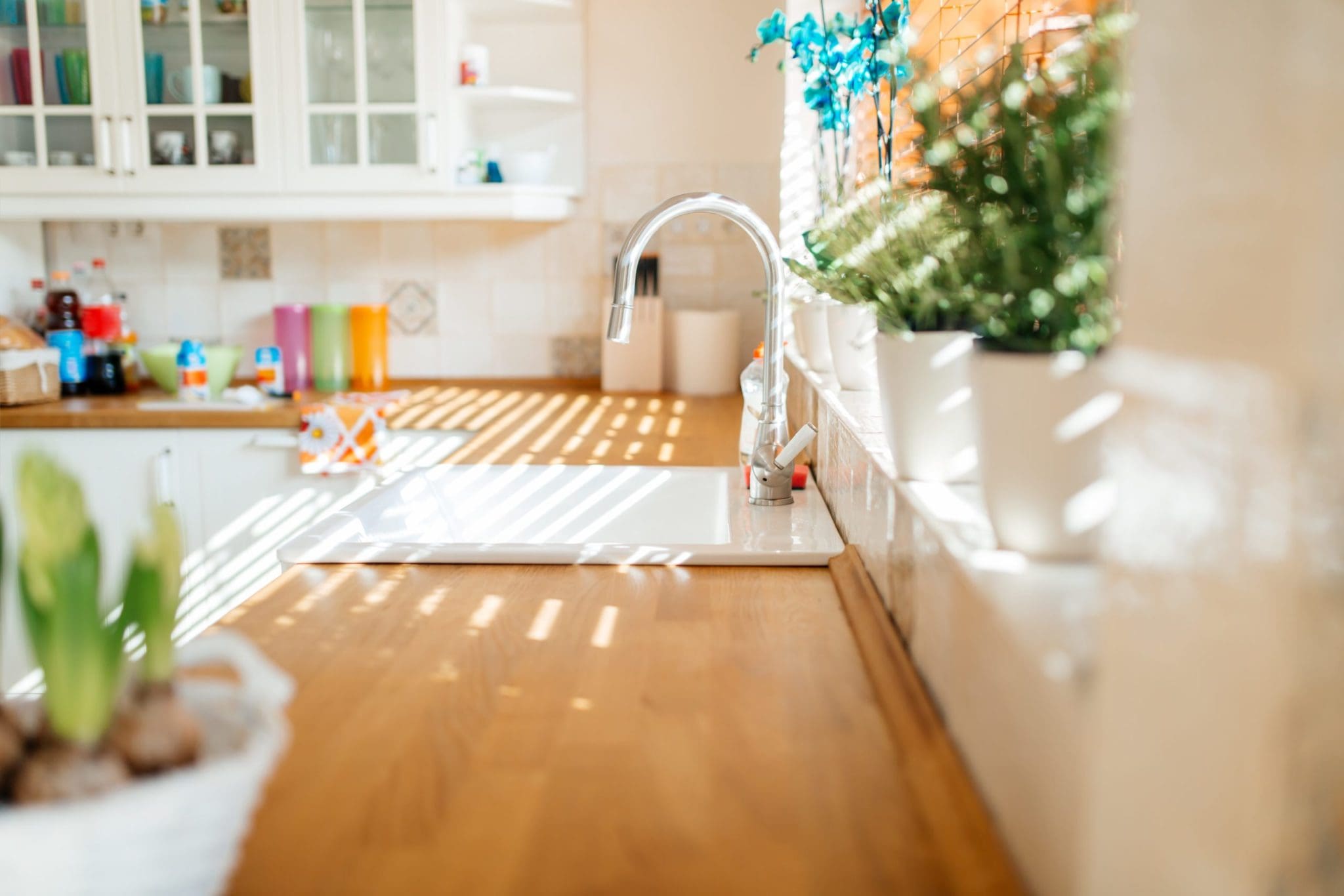



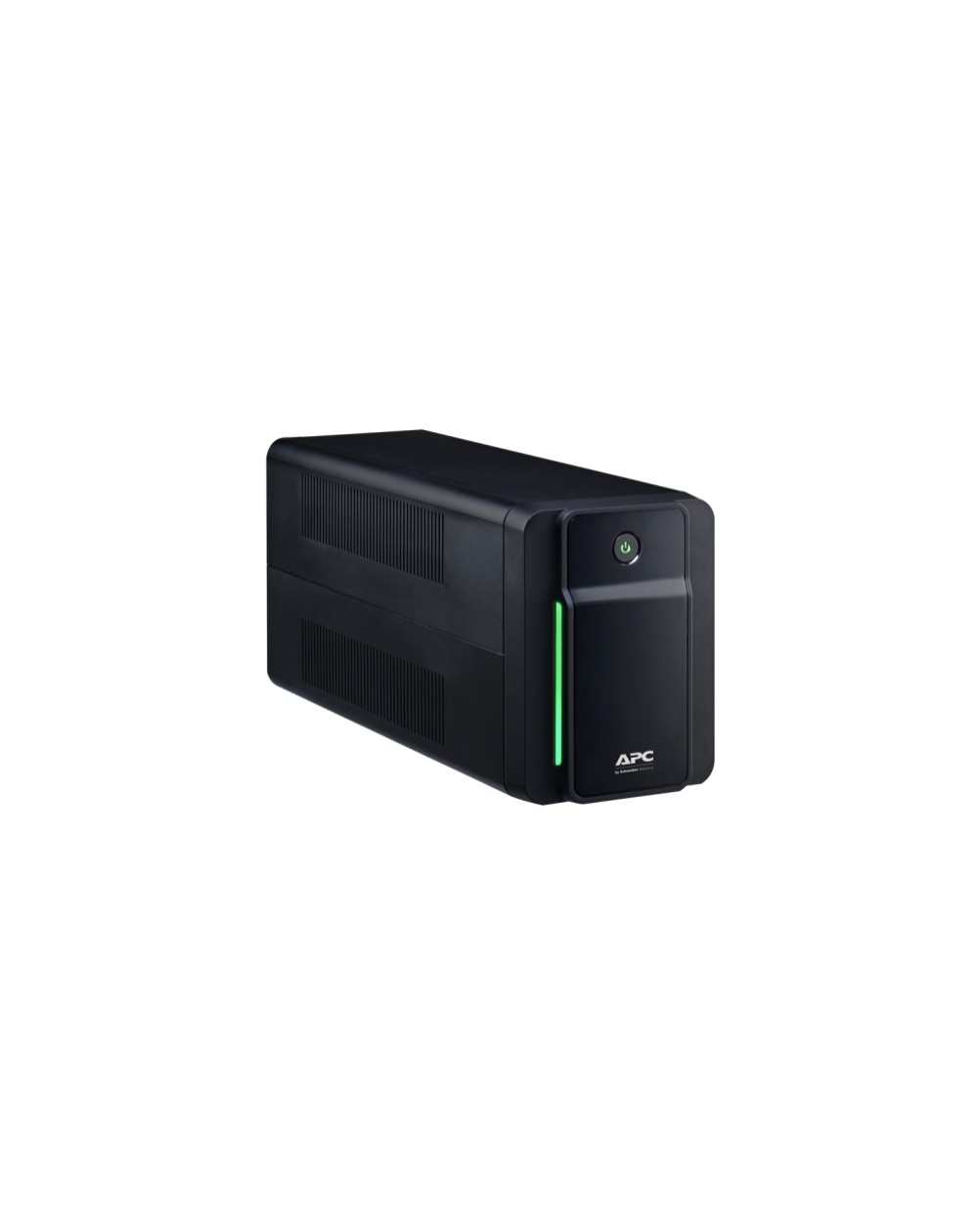
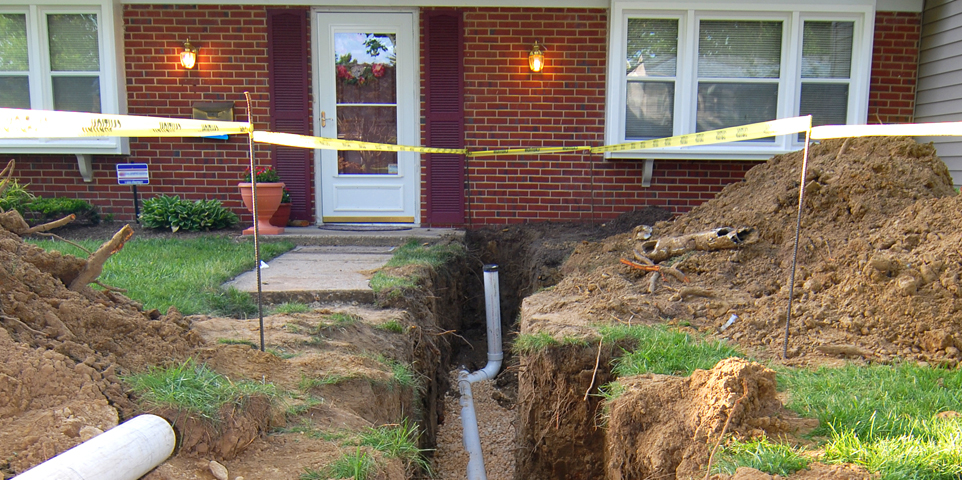

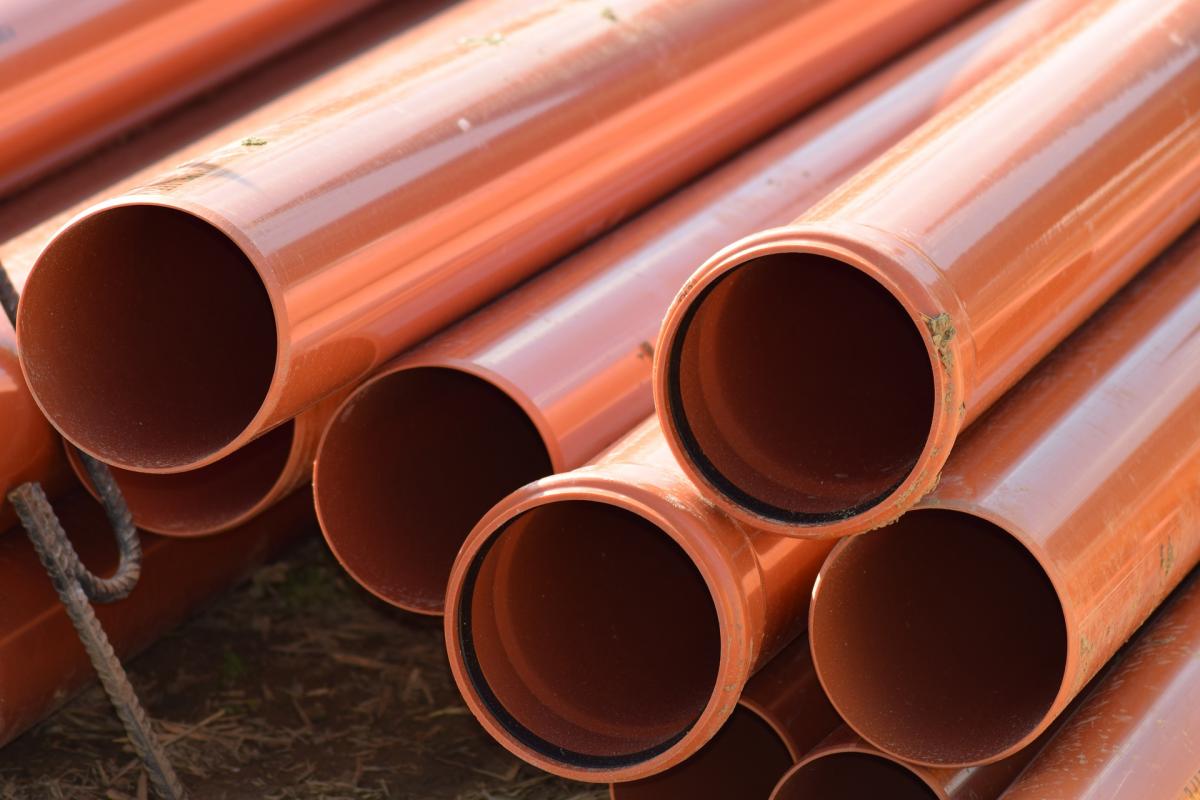


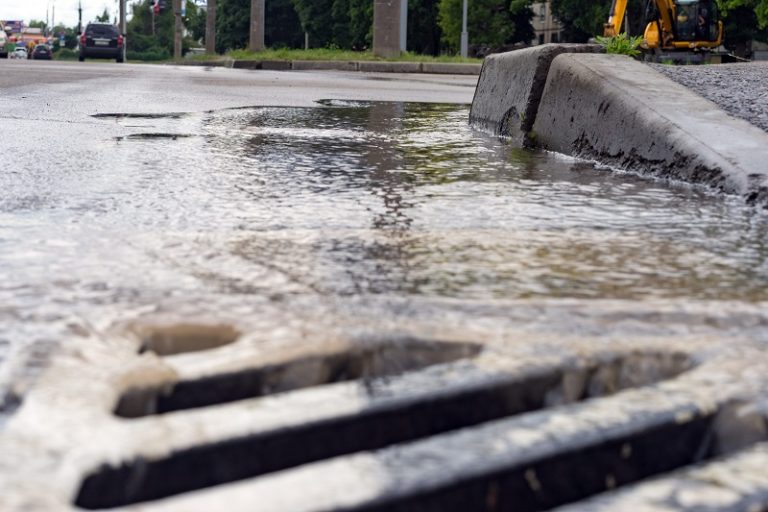

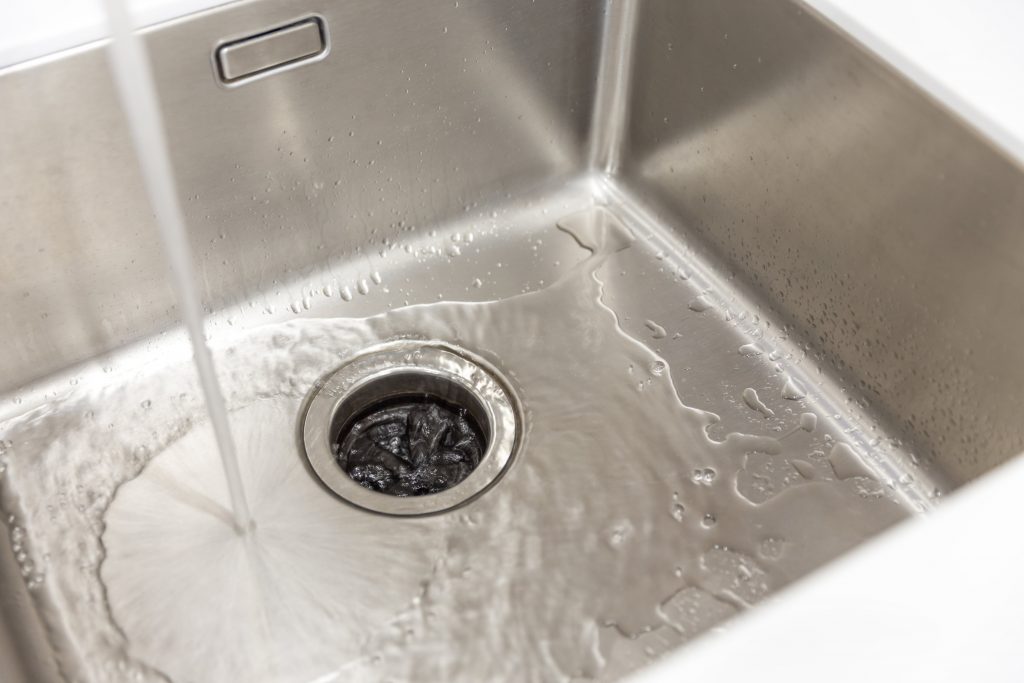
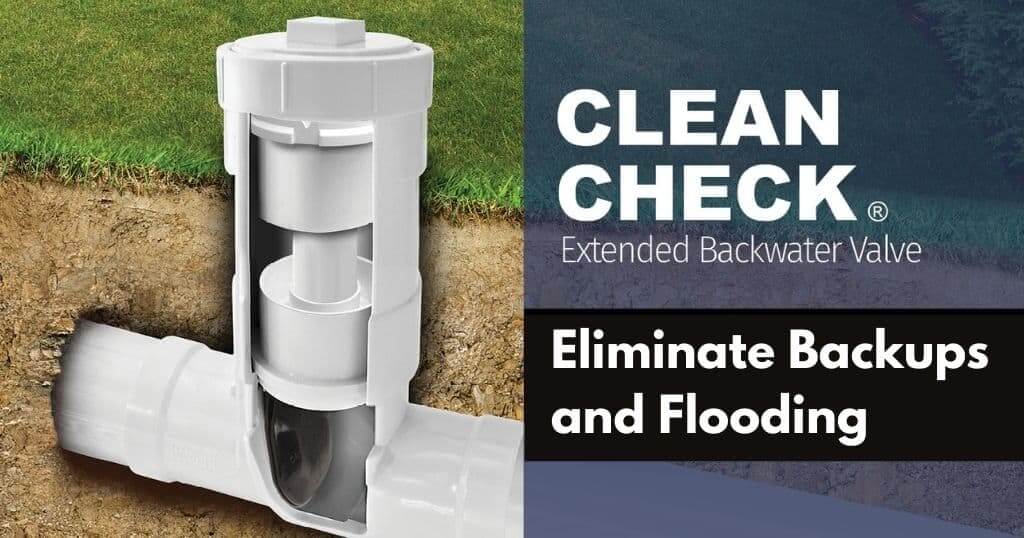
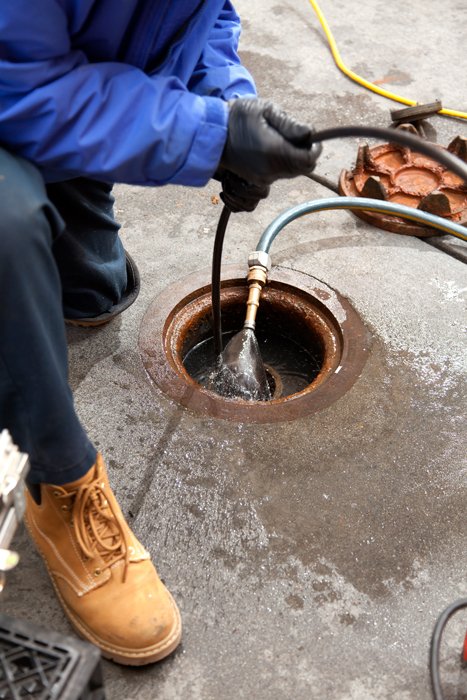


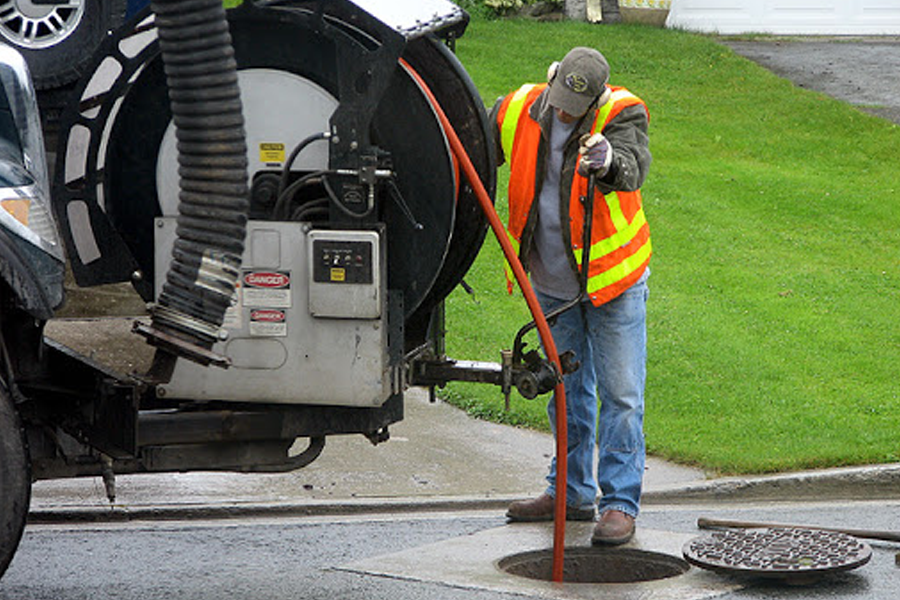
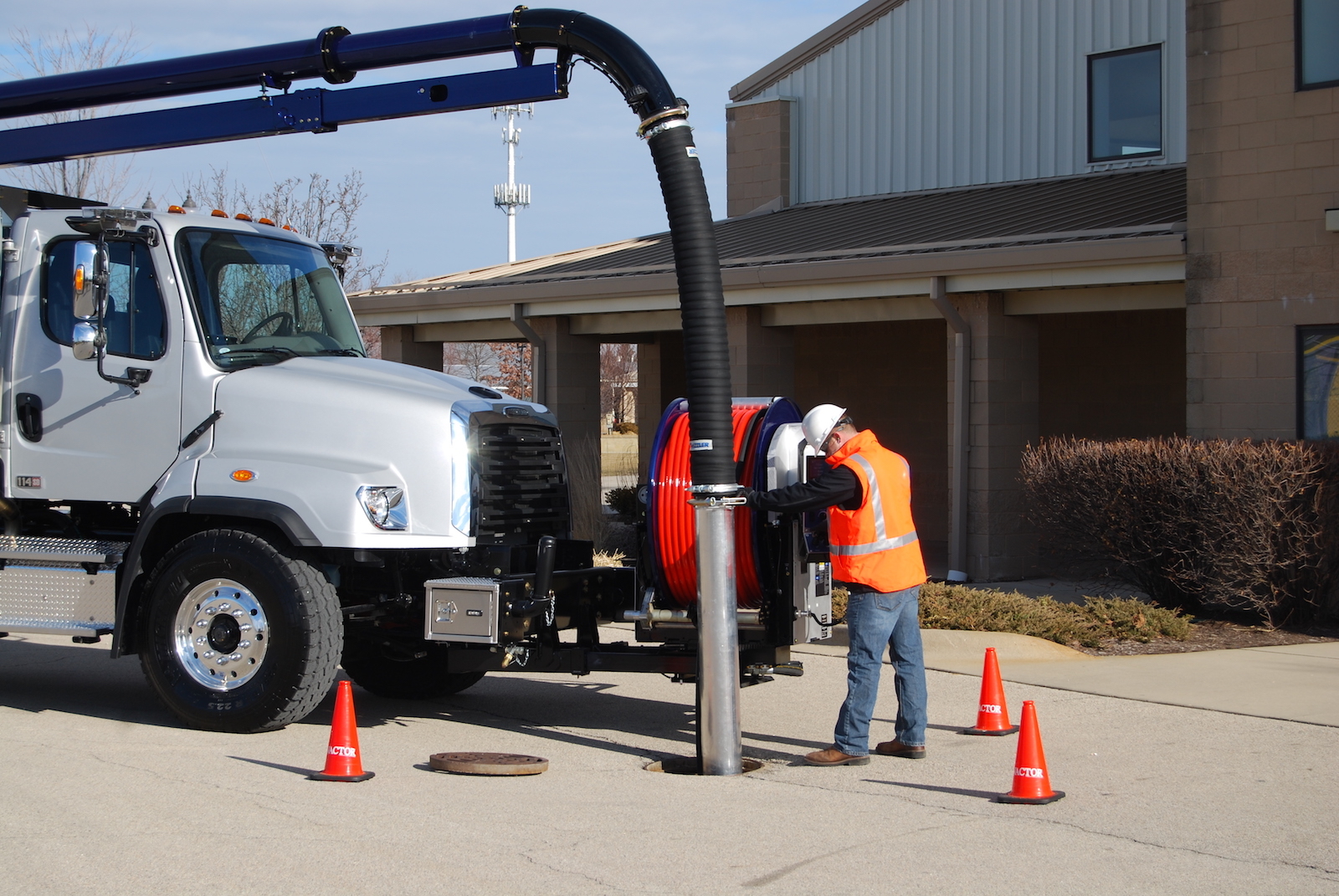

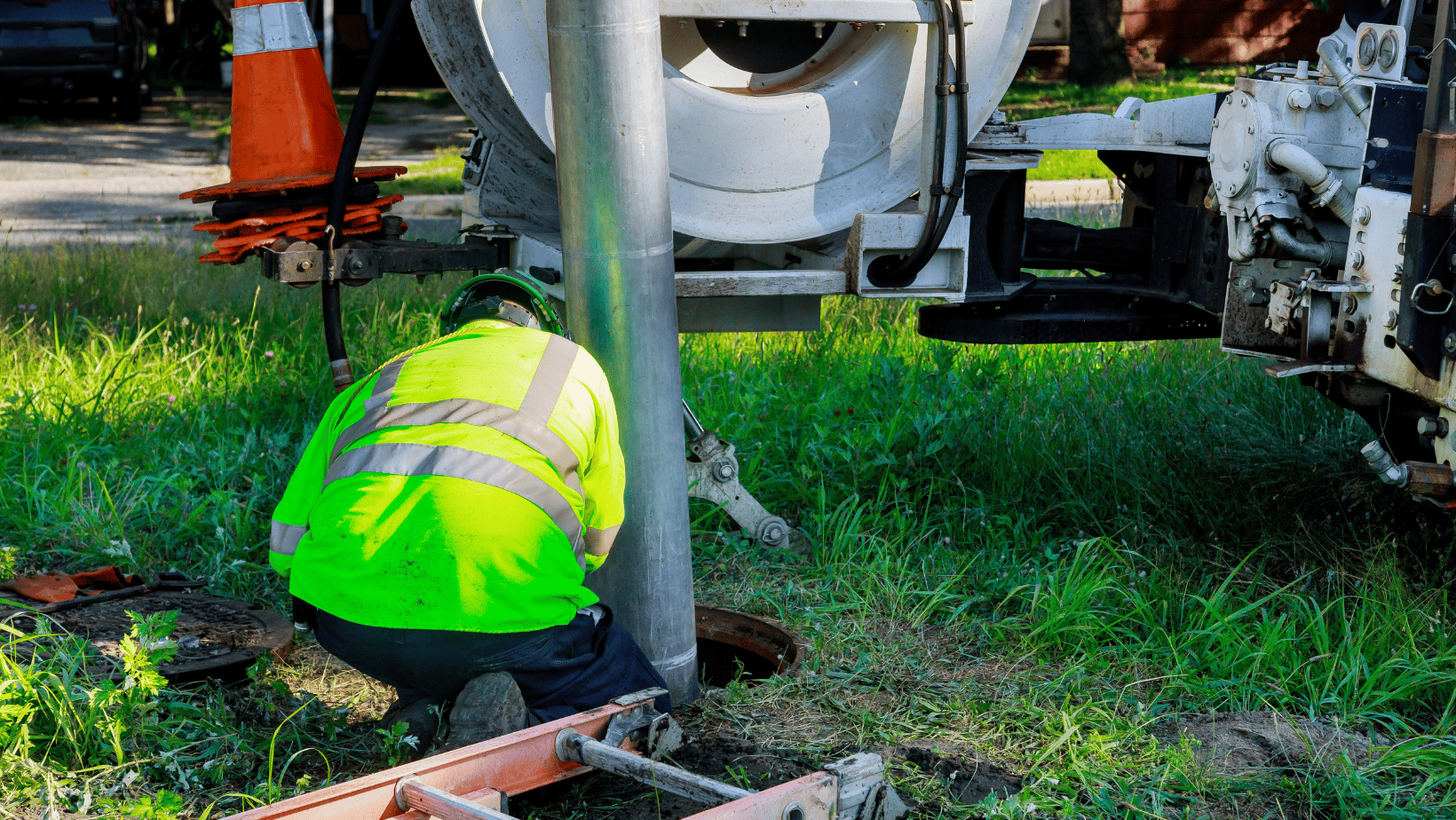

/Cleaningsewermaindrain-GettyImages-172441142-5940243f3df78c537b0765c1.jpg)




